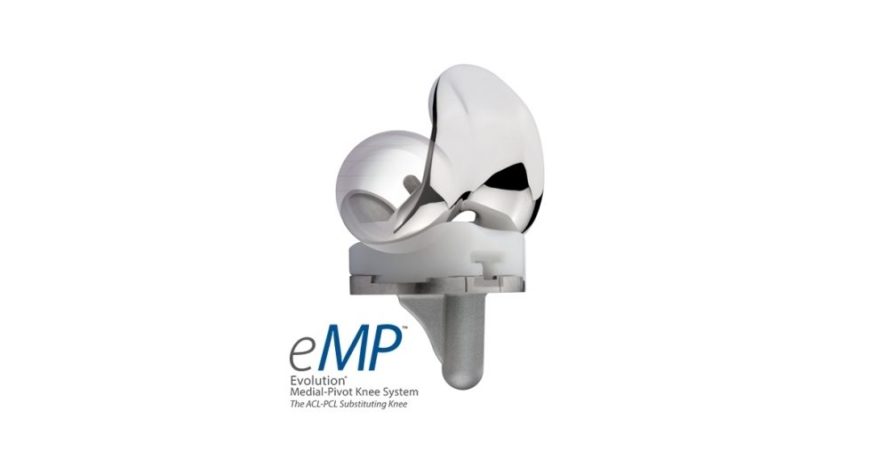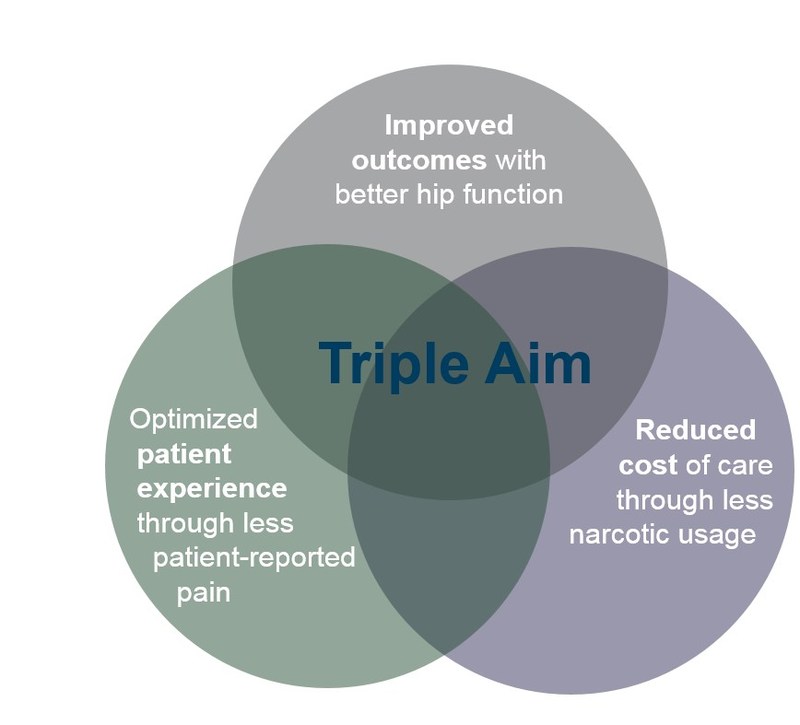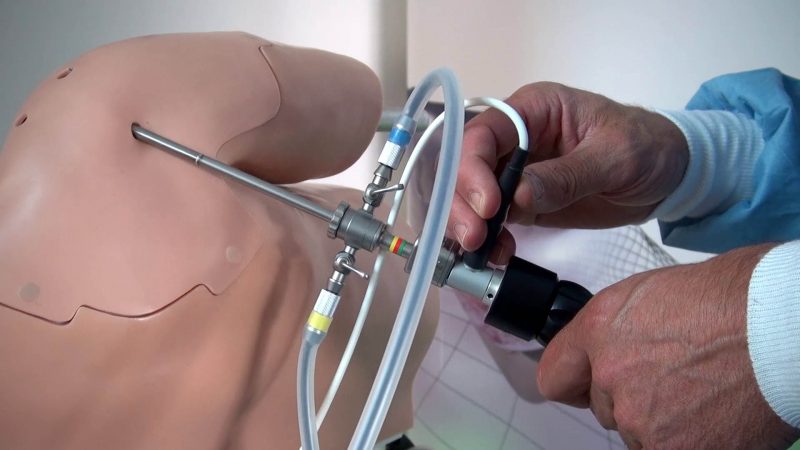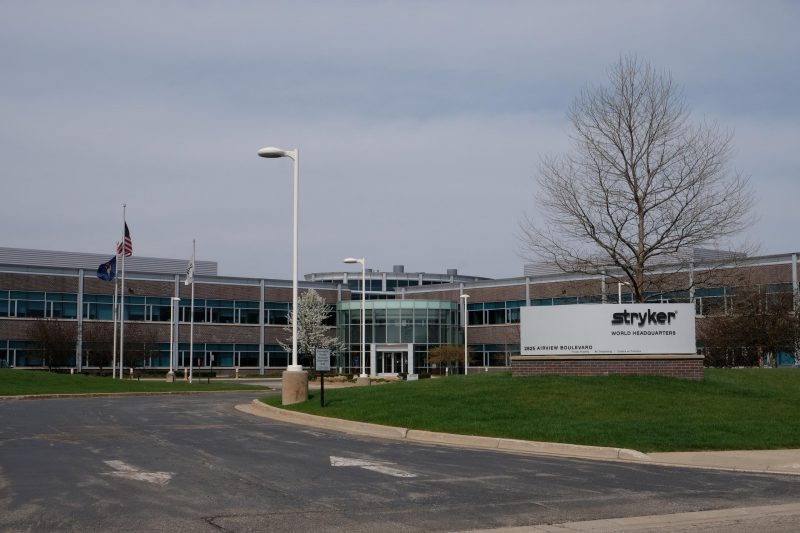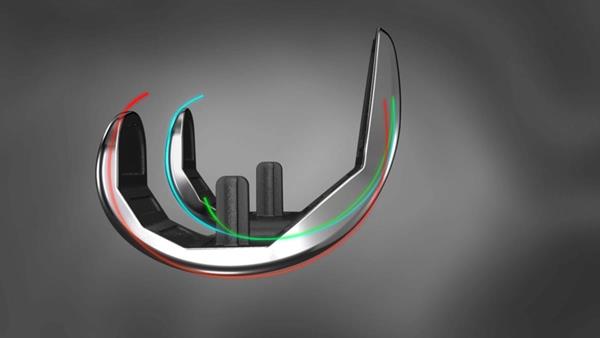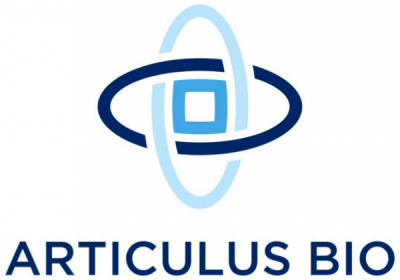January 30, 2018
 ARLINGTON, Tenn.–(BUSINESS WIRE)–MicroPort Orthopedics Inc., a medical device company that develops and manufactures cutting edge joint replacement implants designed to help patients achieve full function faster, announced that The Journal of Arthroplasty has published a retrospective, comparative study that evaluated patient satisfaction after total knee arthroplasty (TKA) using the MicroPort Orthopedics’ MicroPort Orthopedics’ Evolution® Medial-Pivot (MP) Knee System. The study showed that patients who underwent the MP-TKA scored significantly better on the Forgotten Joint Score (FJS) than those who underwent the PS-TKA, particularly with regard to deep knee flexion and stability of the prosthesis.
ARLINGTON, Tenn.–(BUSINESS WIRE)–MicroPort Orthopedics Inc., a medical device company that develops and manufactures cutting edge joint replacement implants designed to help patients achieve full function faster, announced that The Journal of Arthroplasty has published a retrospective, comparative study that evaluated patient satisfaction after total knee arthroplasty (TKA) using the MicroPort Orthopedics’ MicroPort Orthopedics’ Evolution® Medial-Pivot (MP) Knee System. The study showed that patients who underwent the MP-TKA scored significantly better on the Forgotten Joint Score (FJS) than those who underwent the PS-TKA, particularly with regard to deep knee flexion and stability of the prosthesis.
“The goal of TKA surgery is to provide a joint replacement that functions as closely as possible to a normal knee and I believe that this study further validates the superiority of the medial-pivot design over traditional designs with regard to patient outcomes,” says David Backstein, MD, MEd, FRCSC, Head of Orthopaedic Surgery at Mount Sinai Hospital in Toronto, Ontario. “MicroPort’s medial-pivot features an insert designed to promote medial stability and lateral mobility and a femoral component with constant radii of curvature, resulting in greater stability and kinematics that closely replicate the natural motion of the knee.”
The article titled, “A Retrospective Comparison of a Medial Pivot and Posterior-Stabilized Total Knee Arthroplasty with Respect to Patient-Reported and Radiographic Outcomes,” was authored by Drs. David Samy and David Backstein from the Granovsky Gluskin Division of Orthopaedics at University of Toronto. A total of 164 patients, 76 in the MP-TKA group and 88 in the PS-TKA group, were evaluated at one-year follow-up using the FJS, a recently developed, validated measure of patient satisfaction after TKA. The FJS score is based on a 12-item questionnaire related to patients’ ability to forget their artificial joint in everyday life. To date, this study is the first to compare an MP-TKA and a PS-TKA using the FJS as a primary outcome measure.
Studies show that around 20 percent of patients are not satisfied with the outcome of their total knee replacement as a result of residual pain and functional issues that can often attributed to implant design1. Based on the results of this study as well as previous studies showing 95% patient satisfaction and 98.8% survivorship at 17 years, it is clear that the unique design of the MP-TKA can deliver reproducible outcomes that drive patient satisfaction2. Furthermore, it is the only medial-pivot system on the market with a clinically-proven 20-year history.
About MicroPort Orthopedics
Established in January 2014, MicroPort Orthopedics Inc. is a multinational producer of orthopedic products and a proud member of the MicroPort Scientific Corporation family of companies. From its headquarters in Arlington, Tennessee, MicroPort Orthopedics develops, produces, and distributes innovative orthopedic reconstructive products. The company’s U.S.-based manufacturing and logistics capabilities deliver high quality hip and knee products to patients and their doctors in over 60 countries, including the U.S., EMEA, Japan, Latin America, and China markets. For more information about MicroPort Orthopedics, visit http://www.ortho.microport.com/.
About MicroPort Scientific
MicroPort Scientific Corporation is a leading medical device company focused on innovating, manufacturing, and marketing high-quality and high-end medical devices globally. With a diverse portfolio of products now being used at an average rate of one for every 20 seconds in thousands of major hospitals around the world, MicroPort maintains world-wide operations in a broad range of business segments including Cardiovascular, Orthopedic, Electrophysiological, Endovascular, Neurovascular, Surgical, Diabetes Care and Endocrinal Management, and others. MicroPort is dedicated to becoming a patient-oriented global enterprise that improves and reshapes patient lives through application of innovative science and technology. For more information, please refer to: http://www.microport.com.
Forward-Looking Statements
Some information contained on this website contains forward-looking statements. These forward-looking statements include, without limitation, those regarding our future financial position, our strategy, plans, objectives, goals and targets, future developments in the markets where we participate or are seeking to participate, and any statements preceded by, followed by or that include the words “believe,” “intend,” “expect,” “anticipate,” “project,” “estimate,” “predict,” “is confident,” “has confidence” and similar expressions are also intended to identify forward-looking statements. Such statements are based upon the current beliefs and expectations of MicroPort’s management and are subject to significant risks and uncertainties. MicroPort Scientific Corporation undertakes no obligation to update any of the statements. These forward-looking statements are not guarantees of future performance and are subject to risks, uncertainties and other factors that could cause actual future results to differ materially from current expectations include, but are not limited to, general industry and economic conditions, PRC governmental policies and regulations relating to the medical device manufacturing industry, competition in the medical device manufacturing industry, our ability to develop new products and stay abreast of market trends and technological advances, our goals and strategies, our ability to execute strategic acquisitions of, investments in or alliances with other companies and businesses, fluctuations in general economic and business conditions in China.
This document is for information purposes only and does not constitute or form part of any offer or invitation to sell or the solicitation of an offer or invitation to purchase or subscribe for any securities of MicroPort Scientific Corporation, and no part of it shall form the basis of, or be relied upon in connection with, any agreement, arrangement, contract, commitment or investment decision in relation thereto whatsoever.
Sources:
1. Thambiah, Matthew Dhanaraj et al. “Patient Satisfaction after Total Knee Arthroplasty: An Asian Perspective.” Singapore Medical Journal 56.5 (2015): 259–263.
2. Macheras, George A. et al. “A long term clinical outcome of the Medial Pivot Knee Arthroplasty System.” The Knee 24 (2017): 447-453.
Contacts
LaVoie HealthScience
Sharon Correia, 617-412-8779
scorreia@lavoiehealthscience.com

